Ancient grains continually top the lists of new product launches in the US and Europe. We previously covered a few of these grains in other articles. There have been recent revamps of common breakfast cereals to include these grains as they become more mainstream. Let’s cover a few more types of grains that are in this category.
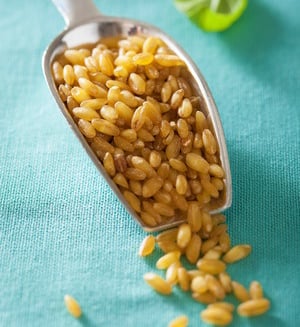 Bulgur
Bulgur
A staple in the Middle East, bulgur is seen in tabbouleh salads, fried kibbeh, stuffed vegetables, meats, pilafs and as a key ingredient in stews. Bulgur is made from whole grain hard red wheat, which is parboiled, dried, and cracked, then sifted and labeled by particle size. The higher the number, the more fine the particle size, and the change in particle size produces varying textures and cooking times for the finished product. Bulgur differs from cracked wheat due to the parboiling step, as it makes it quick-cooking, but can be used in similar applications where cracked wheat is cooked.
In 2014, there were 96 products launched in Europe containing bulgur, while in North America, there were 32 products launched. Some recent product introductions include barley, bulgur and goat cheese as a meat substitute in France; as part of a tamari flavored snack mix in Canada; in a bulgur and mint salad in Germany; and in a squash, carrot and wheat stew infant dinner in France.
Looking for ancient grains for your food formulations?
Prospector has hundreds of search results for bulgur, buckwheat, millet, spelt and teff. View product data sheets, MSDSs and more now…
Search for Ancient Grains
Buckwheat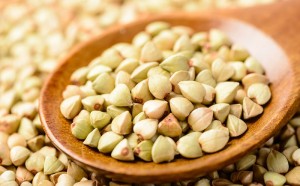
Contrary to its name, buckwheat is not a relative to wheat, contains no gluten, and it is not a grain. It is a cousin of rhubarb, and buckwheat is the seed of a flowering fruit. Some may feel that it has a strong flavor. It can be milled into a flour for baking, or ground for grits. Buckwheat features more fiber than oatmeal, and is a good source of magnesium.
In 2014, there were 510 products launched in Europe containing buckwheat, while in North America, there were 191 products launched. Some recent product introductions include buckwheat as part of an infant porridge containing 7 grains and linseed in the Ukraine; in a crepe mix in Spain; in a gluten-free beer in Canada; as part of kale snack crackers in the US; in a dry adult dog food in Germany; and in a tea in Czech Republic.
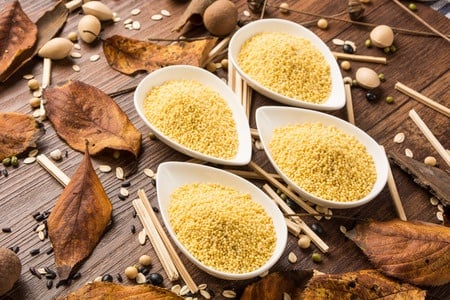 Millet
Millet
Millet is a staple in China, Asia and India that was grown as early as 2700 BC. It has a mild delicate flavor when toasted, and is appropriate for gluten free formulating. It is high in magnesium and is a good source of protein. Himalayans use millet in soups and as a cereal, and Indians produce flat cakes with millet. In Africa, it is used in a fermented beverage.
In 2014, there were 349 products launched in Europe containing millet while in North America, there were 252 products launched. Some recent product introductions include a pizza crust mix in the US; as a vegan drink in Germany; in a sponge cake in the Netherlands; in a frozen prepared fish fillet coating in Canada; in multigrain tortilla chips in the UK; in a an adult cat food with rice and chicken for cats in Poland; and in a wet dog food containing pork, venison and salmon in the US.
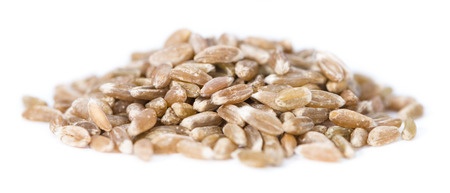 Spelt
Spelt
Spelt is an ancient species of our modern day wheat, and is higher in protein than our modern wheat species. It has a slightly nutty flavor, and has a starchy character that acts well as a binder. Try it in hot breakfast cereals or in meatballs.
In 2014, there were 699 products launched in Europe containing spelt, while in North America, there were 86 products launched. Some recent product introductions include as a part of a rice, spelt and hazelnut drink in France; in an organic vegetable sausage in Italy; in a coconut, hazelnut and strawberry muesli in Finland; in a non-alcoholic beer in Germany; and in a dumpling mix in the Czech Republic.
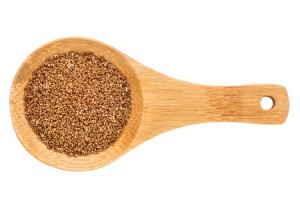 Teff
Teff
Teff is a tiny grain. When milled, it has a tan color and a sweet, slightly malted flavor. It has high levels of calcium and vitamin C, and it’s a good source of protein.
It is best known for it’s connection with Ethiopian foods, and it’s a key ingredient for a fermented, batter-based spongy flat bread called injera. It is appropriate as a thickener for pudding and gravies, and you will find it in many gluten-free flour blends.
In 2014, there were 22 products launched in Europe containing teff, while in North America, there were 18 products launched. Some recent product introductions include mini croissants in Canada; a frozen pizza crust in the US; in shortbread biscuits in France; in a fresh refrigerated pasta in the US; and in an organic frozen prepared pie crust in Netherlands.
The views, opinions and technical analyses presented here are those of the author or advertiser, and are not necessarily those of ULProspector.com or UL Solutions. The appearance of this content in the UL Prospector Knowledge Center does not constitute an endorsement by UL Solutions or its affiliates.
All content is subject to copyright and may not be reproduced without prior authorization from UL Solutions or the content author.
The content has been made available for informational and educational purposes only. While the editors of this site may verify the accuracy of its content from time to time, we assume no responsibility for errors made by the author, editorial staff or any other contributor.
UL Solutions does not make any representations or warranties with respect to the accuracy, applicability, fitness or completeness of the content. UL Solutions does not warrant the performance, effectiveness or applicability of sites listed or linked to in any content.


